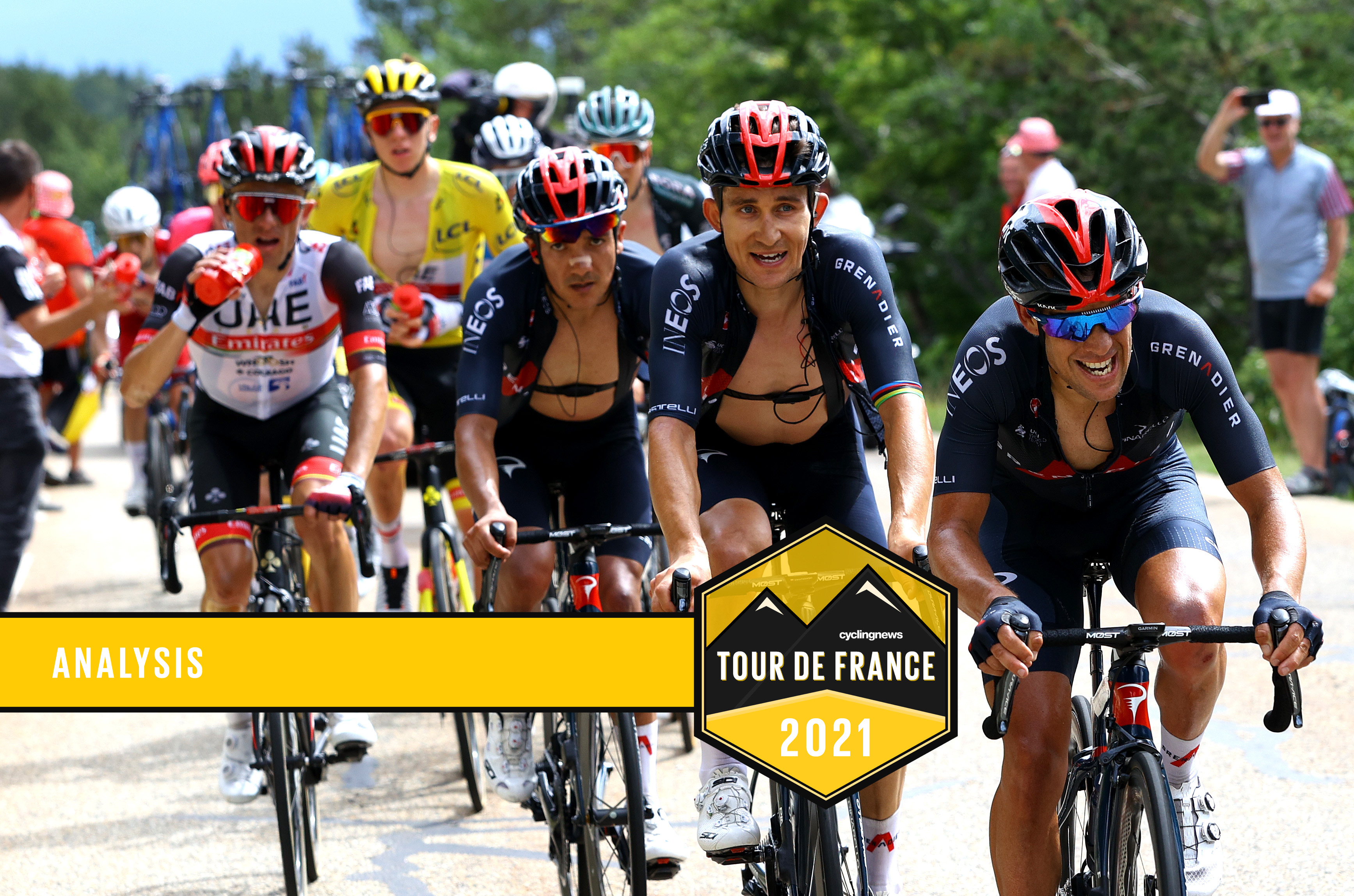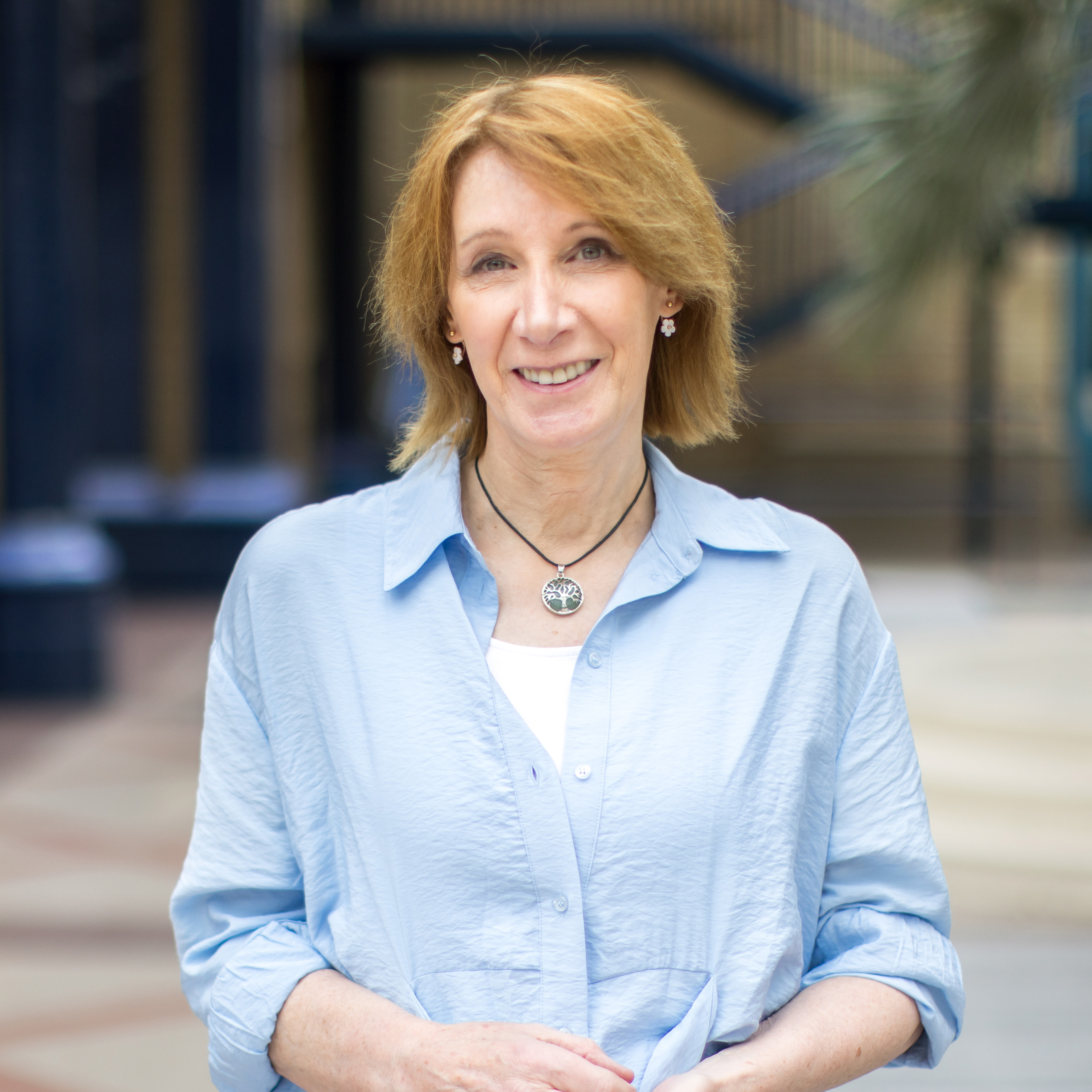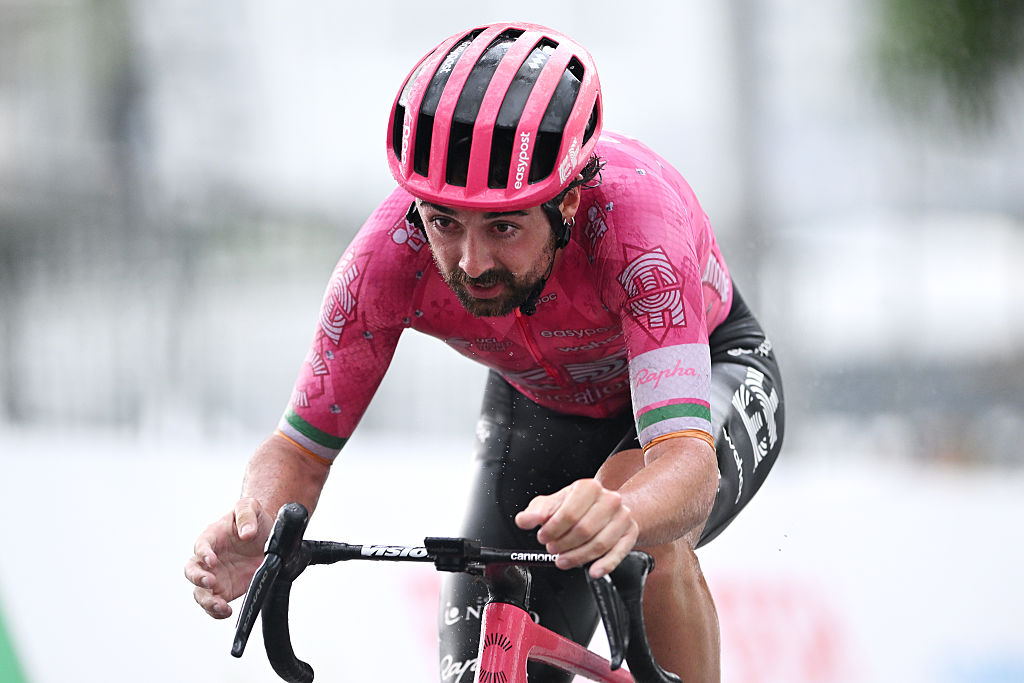Philippa York: After Ventoux Ineos need to change their Tour de France strategy
'With Pogacar's stumble at the top of Mont Ventoux, the race has suddenly perked up'

We’re roughly half-way through the 2021 Tour de France and, while some things were thought to be evident and some far from being decided, a hot day in Provence has thrown all previous speculation up in the air.
Firstly, the yellow jersey Tadej Pogačar, who was apparently a level above everyone else, has shown some limits. On the other hand, his UAE Emirates team, widely considered the weak point in his armour, aren’t that bad after all.
With the return of proper summer temperatures and a route that allowed little recovery, Wednesday’s stage to Malaucène proved as difficult a day as any of the previous ones.
The second ascent of Mont Ventoux, which began with seven UAE teammates in the peloton, revealed that the young Slovenian couldn’t follow Jonas Vingegaard in the last kilometres.
From the GC race being a done deal, Pogačar’s temporary show of weakness has reignited what could happen in the next few days and especially in the Pyrenees. The five-minute lead he retained ought to be more than enough of a margin to manage any further difficult moments, but he’ll have to be vigilant.
The really interesting race is what looks increasingly to be one for the remaining podium spots, although, if the strong heat continues to beat down on the peloton, anything might happen. Only one minute now separates places two through six and, if we continue to see strange tactical decisions from some teams, then riders moving up and others being relegated will be a regular occurrence.
Already we’ve seen Jumbo-Visma put the race leader’s team under pressure on the longest stage of the Tour and here, on the iconic Ventoux stage, Ineos Grenadiers decided to do something very similar. Why? That remains to be explained. They had everyone scratching their heads as to what they hoped to achieve.
The latest race content, interviews, features, reviews and expert buying guides, direct to your inbox!
Given that Pogačar had shown himself to be better than Richard Carapaz everywhere, putting the whole team to work seemed optimistic to say the least. That the Ecuadorian came in with Pogačar at the finish was some compensation but, if this is Dave Brailsford’s new ‘expect the unexpected’ approach, then good luck to them. It certainly had everyone talking and it was an impressive piece of riding, but the rewards seemed scant considering the energy spent.
What’s more, they ended up losing a rider in Luke Rowe, who came in outside the time limit. That could have consequences for the following stages where echelons are expected and Carapaz will need protecting. Ineos can’t keep using up their resources when they no longer have the power to dominate the peloton. Geraint Thomas and Richie Porte will give their all but you have to question if there are going to be any more vanity projects such as the one we saw on Wednesday. It’s all very well putting everyone under pressure, but it doesn’t look great when that includes your own leader and the elimination of your road captain.
That the day started with attacks from Julian Alaphilippe was another strange choice from a big team because then Mark Cavendish was yo-yoing off the back until things calmed down enough for a temporary regrouping. Maybe the world champion was given a free pass for the occasion - who knows - but it certainly set the scene for a day of playing ‘guess what’s happening and why’.
The podium battle
I think there’s been a tendency to forget that the rider who wins a Tour de France often leaves his rivals behind but on certain days the guys who’ll be on the podium will be with the yellow jersey in the crucial moments and sometimes they’ll even leave him behind and take a stage win or a few seconds back.
That’s what we saw on the slopes after Chalet Reynard, where Vingegaard was stronger than Pogačar, who had enough composure to realise that. Riding with Rigoberto Urán and Carapaz on the descent, they were always going to take the Jumbo rider back, but it was a good indication of everyone’s climbing prowess. Now, in the middle of the second week, a definitive hierarchy has appeared and the GC battle has six players involved, although Pogačar is so far ahead we can kind of leave him out of any discussion for now.
If we dissect the last few days, then the emergence of Vingegaard is not that much of a surprise. He did an excellent time trial and he’s been paying attention if any sidewind episodes came along. What’s more noticeable is that Jumbo-Visma haven’t really been that protective of the young Dane, with the emphasis seemingly on Wout van Aert. It’s understandable because the Belgian champion commands much more exposure and media time, yet the Dutch squad realistically have the chance to place a rider on the podium.
Yes, I know the coming days will be full of Van Aert’s future as a GC rider, and the team will let that run and run because it takes the pressure off Vingegaard.
Then there’s Rigoberto Urán, the Colombian who always seems there or thereabouts - solid time trialling, solid climbing and all-around intelligent riding with a team that only take on the race when they have to. If the other guys in the top six want to be in front of the EF leader in Paris, they’ll need to be on their best game.
Richard Carapaz will fight admirably and is probably going to enjoy the heat more than anyone. However, his time trial deficiencies mean he’s going to have to distance Urán, Lutsenko and Kelderman. Stages 17 and 18 are his big chances to attain that podium place, which Ineos really need to salvage something from this race. They’ll have to change their strategy, though, because they don’t have the firepower advantage they once had.
Lutsenko and Kelderman are the silent ones of the top six. You just know Astana will pounce if there’s a dodgy downhill to be ridden flat-out, and Kelderman won’t be dropped unless there’s a massive acceleration and he is having an average day. His Bora-Hansgrohe team have managed the protection of their GC hope and the ambitions of Peter Sagan well up until now so the transition stages that fill the rest of the middle week will be less of a challenge for the Dutchman than most.
All in all, with Pogačar’s stumble at the top of Mont Ventoux, the race has suddenly perked up into one where the GC competition and the end result looks less certain.
Philippa York is a long-standing Cyclingnews contributor, providing expert racing analysis. As one of the early British racers to take the plunge and relocate to France with the famed ACBB club in the 1980's, she was the inspiration for a generation of racing cyclists – and cycling fans – from the UK.
The Glaswegian gained a contract with Peugeot in 1980, making her Tour de France debut in 1983 and taking a solo win in Bagnères-de-Luchon in the Pyrenees, the mountain range which would prove a happy hunting ground throughout her Tour career.
The following year's race would prove to be one of her finest seasons, becoming the first rider from the UK to win the polka dot jersey at the Tour, whilst also becoming Britain's highest-ever placed GC finisher with 4th spot.
She finished runner-up at the Vuelta a España in 1985 and 1986, to Pedro Delgado and Álvaro Pino respectively, and at the Giro d'Italia in 1987. Stage race victories include the Volta a Catalunya (1985), Tour of Britain (1989) and Critérium du Dauphiné Libéré (1990). York retired from professional cycling as reigning British champion following the collapse of Le Groupement in 1995.

